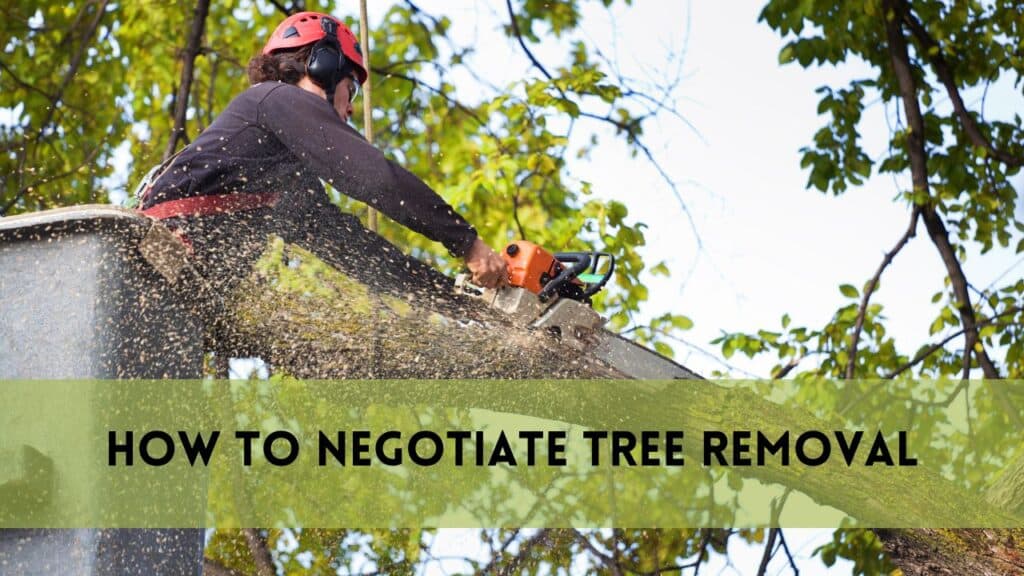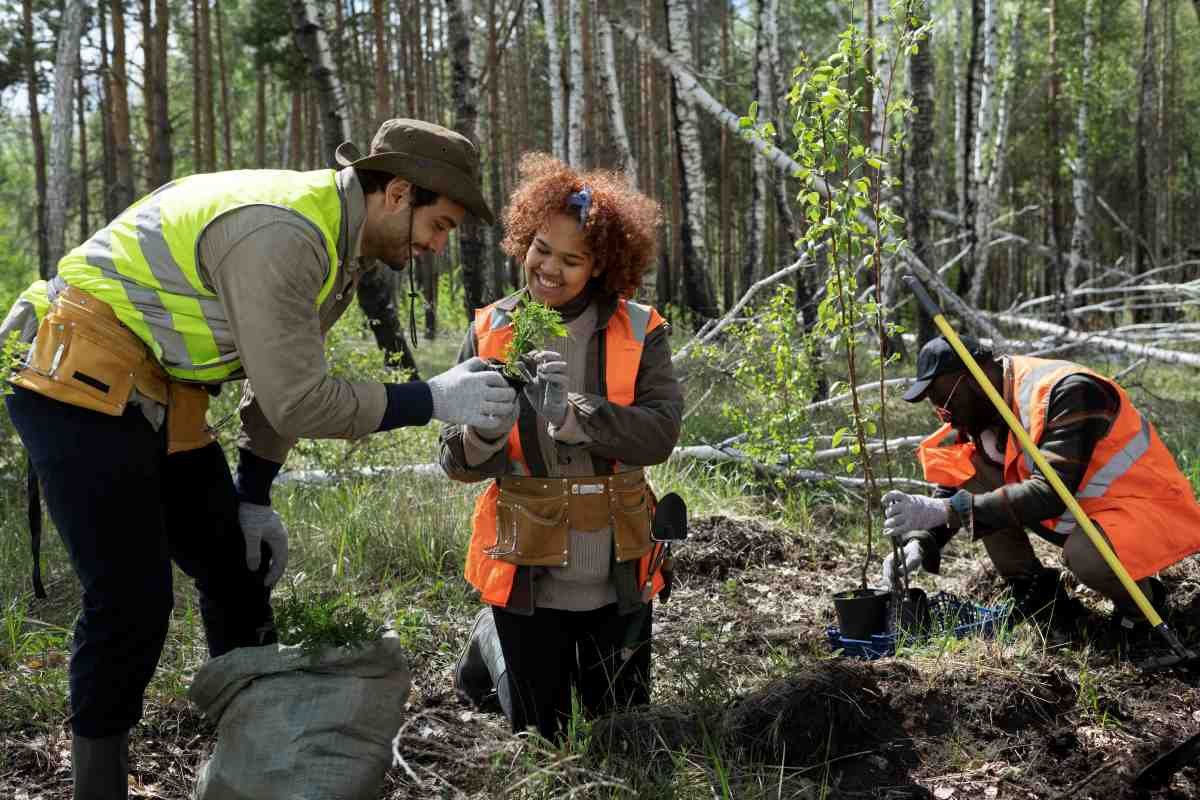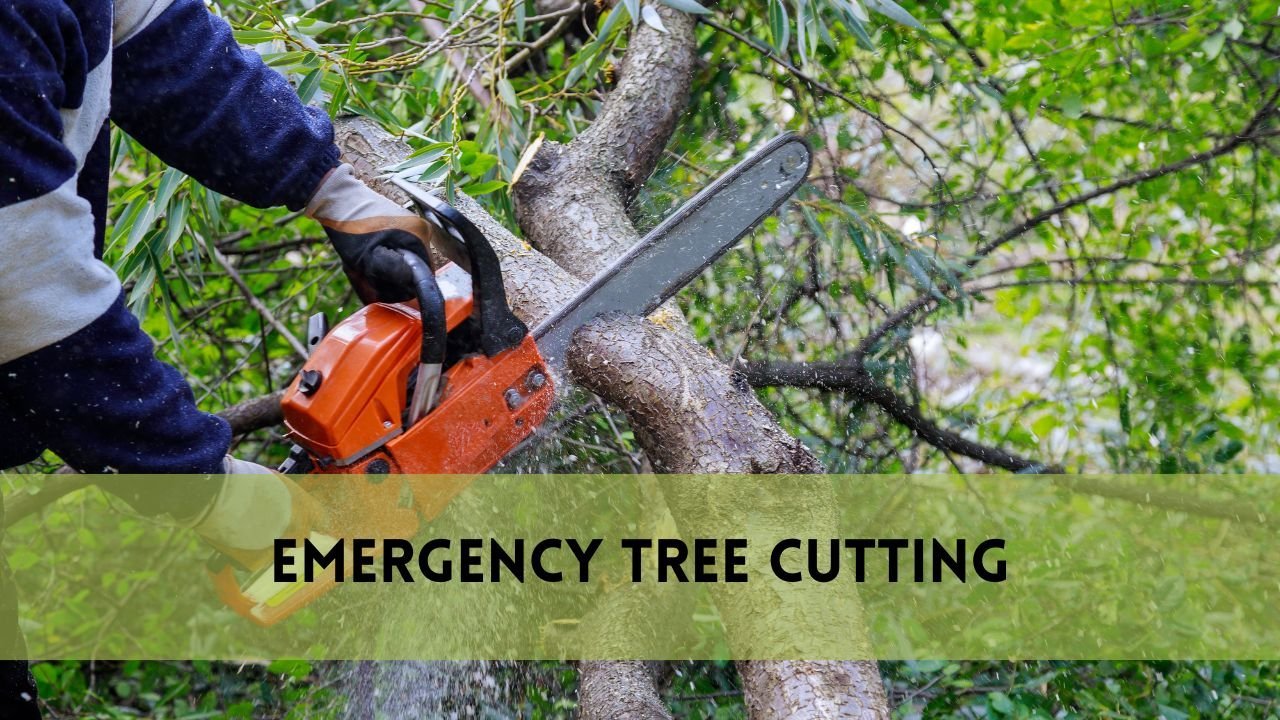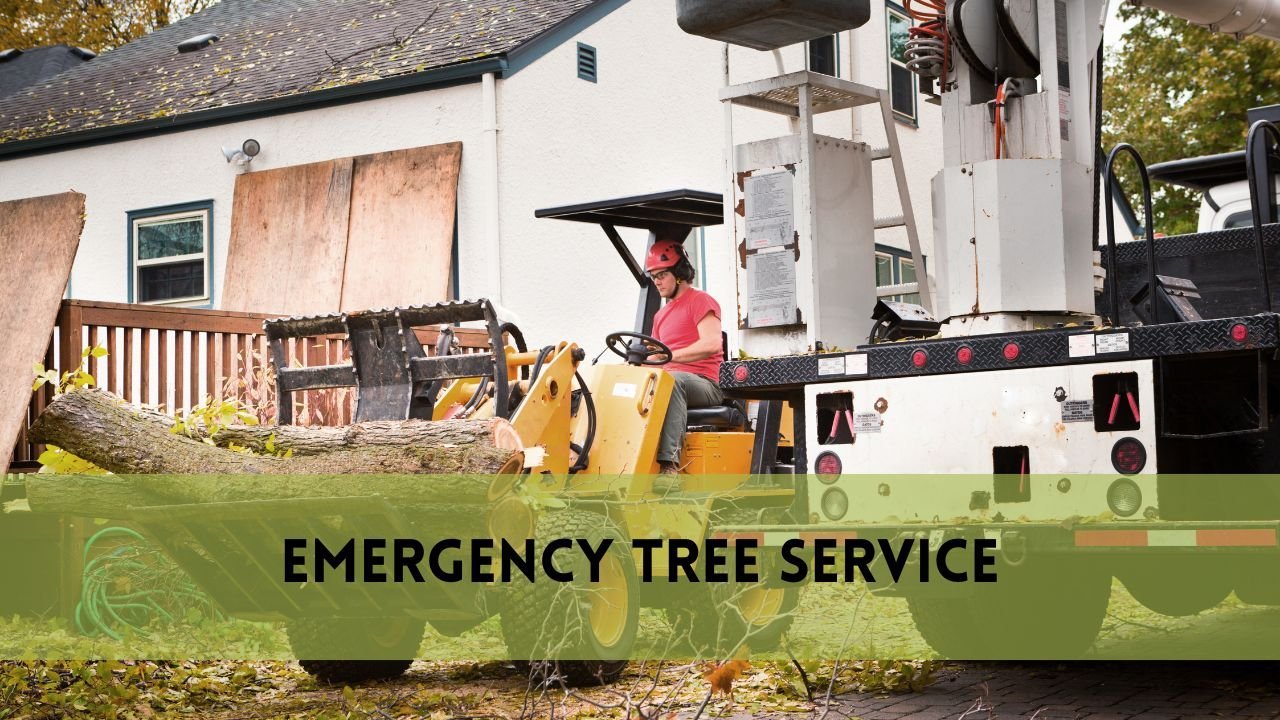Although negotiating tree removal might be challenging, you can handle the procedure with ease if you have the appropriate mindset and some knowledge. Trees contribute shade, oxygen, and aesthetic value to our surroundings, making them essential. But sometimes, whether it’s for illness, safety reasons, or just to make room for new buildings, it becomes necessary to remove a tree. We’ll lead you through every stage of the negotiation process for tree removal in this in-depth guide, so you can make the best choice possible for your circumstances.
Recognising When Tree Removal Is Necessary
It is important to comprehend the reasons behind the need for tree removal before engaging in any talks. Understanding the causes behind the tree’s sickness, interference with building plans, or safety issues can help you present a strong argument during talks.
It takes more than just chopping down a tree to preserve the ecosystem; it takes striking the correct balance between necessities and wants.
Examining Local Laws for Negotiation
There are laws and ordinances specific to each community that govern the removal of trees. Spend some time learning about and comprehending the particular rules that apply to your situation before beginning any talks.
Having this information will provide you leverage in negotiations since you’ll be able to reference pertinent laws to bolster your position or refute any concerns.
How to Negotiate Tree Removal?
Make sure you evaluate the tree in issue thoroughly in order to improve your negotiation position. Engage a licenced arborist to assess the dangers, structural soundness, and general health of the tree.
Obtaining an expert viewpoint not only strengthens your argument but also provides you with important details to support the removal. When engaging in negotiations with neighbours or municipal authorities, this stage is very crucial.
Calculating the Cost of Tree Removal
Since financial issues are frequently discussed during negotiations, it is important to ascertain the tree removal cost in advance. Obtain quotations from reliable local tree removal companies.
You’ll be able to bargain more confidently and have a benchmark against which to evaluate any offers you may receive during the process if you have a firm estimate.
Starting the Discussion on Negotiations
It’s time to start the bargaining conversation now that you have all the facts you need. Establish your case for tree removal up front, whether you’re speaking with a neighbour, a homeowners’ organisation, or a local government agency. Emphasise any potential harm, safety issues, or other pertinent information.
Stressing the Effect on the Environment
Even if your requirements may come first, it’s important to recognise and take care of the environmental effects of tree removal.
Stress your dedication to protecting the environment throughout the negotiating process, and talk about any plans you have for compensation measures or reforestation. This can improve perceptions and show that you are removing trees in a responsible manner.
Putting Up Other Options in Removal Negotiation
It’s not always necessary for negotiations to end with a tree being completely removed. Be receptive to different approaches that tackle the issues brought up by all stakeholders.
This might involve cabling, trimming, or other arboricultural methods that lessen dangers while partially maintaining the tree. Negotiations can be more friendly if you are flexible in your approach.
Discuss Removal Responsibility in Negotiation
Drawing attention to the dangers and responsibilities that might arise from leaving the tree in place is a useful bargaining strategy. Make sure you properly notify people if the tree poses a risk to their property or safety. Clearly illustrating the negative effects of inactivity can influence people’s thoughts in favor of taking down trees.
Making the Case for Immediacy
The necessity of tree removal becomes important in several circumstances. Establishing the urgency of a situation—such as a falling tree in need of repair or a possible safety risk during an impending storm—will help to speed up the negotiating process. Making clear that action must be taken immediately helps promote prompt decision-making.
Make Concessions in Negotiation
The main goal of negotiation is to identify common ground. Be willing to make concessions and look for win-win solutions that take into account the worries of all parties.
This might entail modifying the removal schedule, splitting expenses, or adding further safety precautions. Negotiations are frequently more effective when a collaborative approach is used.
Writing Down Agreements of Tree Removal
It’s critical to put any agreements you’ve reached in writing as soon as possible. In the event that there are any misconceptions in the future, this serves as a clear point of reference.
Provide information on the duties assigned to each party, the timeframe that has been agreed upon, and any financial agreements. Both parties are protected and responsibility is ensured by having a documented agreement.
Communication Skills in Negotiation
Good communication is essential whether you’re negotiating over a tree in a neighbourhood or close to a property border. Inform your neighbours of the reasons for the tree removal, the possible effects on them, and any precautions you are doing to cause the least amount of disturbance. Open communication helps foster comprehension and acceptance of your choice.
Managing Rejects in Negotiation
Not every negotiation results in a win. If your request to have the tree removed is denied, find out why it was made and, if there are good reasons, think about filing an appeal. This might entail offering more details, resolving issues brought up during talks, or using mediation to reach a compromise.
FAQs
What Is the Typical Price of Tree Removal?
A tree’s removal cost varies based on its size, location, and overall health. Expect prices to be in the region of $300 to $2,500 on average. Larger or more complex deletions may exceed this cap.
Are There Any Options for Do-It-Yourself Tree Removal?
While some people may try doing their own tree removal, it’s typically not recommended and can be harmful. Professional tree removal services can provide the knowledge and equipment needed to ensure a safe and efficient process.
Can I Negotiate a Lower Price for Tree Removal Services?
Naturally, of course! Tree removal costs are negotiable. Obtain quotes from many companies, and depending on the scope of the work, don’t be scared to bargain.4. What Elements Influence the Process of Negotiation?
The size, location, and urgency of the tree’s removal all affect the bargaining process. Having a better understanding of these components enables a more successful bargaining approach.
Is It Possible to Remove Trees in an Eco-Friendly Way?
Yes, there are ways to remove trees in an environmentally beneficial manner. Planting new trees, recycling tree trash, and employing sustainable techniques are given top priority by some agencies. In order to connect these solutions with your environmental principles, bring them up during talks.
Conclusion
The process of negotiate tree removal is complex and calls for a blend of factual knowledge, collaborative spirit, and effective communication abilities. You may effectively handle talks by knowing why removal is necessary, learning about local laws, and making a strong argument.
Never forget to prioritise environmental concerns, look into other options, and be willing to make concessions. Make sure to put agreements in writing and maintain good communication with the community and your neighbours. You may reach a resolution that satisfies your wants while taking into account the environment and other people’s concerns if you take a calculated and well-informed approach.





